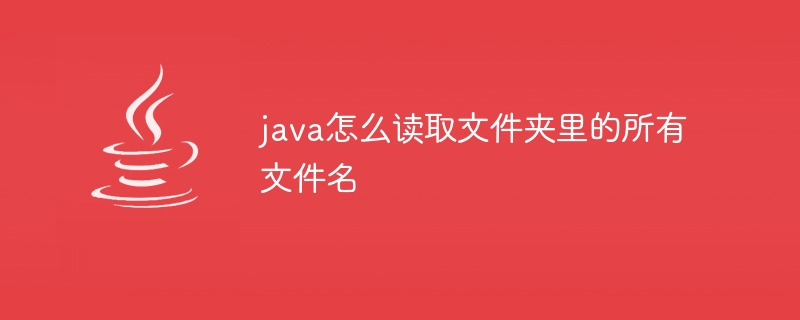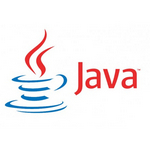在Java中,利用 java.nio.file 包中的 Files 和 Paths 类,你可以获取文件夹内所有文件名的列表。首先导入必要的类,然后指定目标文件夹的路径。接下来,使用 Files.list() 方法获取文件夹中的所有文件和子文件夹的流对象。最后,使用 map() 方法提取文件名,并使用 forEach() 方法打印每个文件名。

在Java中,你可以使用java.nio.file包中的Files和Paths类来读取文件夹中的所有文件名。以下是一个简单的示例教程:
步骤1: 导入必要的类
首先,你需要在你的Java程序中导入必要的类。这些类位于java.nio.file包中。
java
立即学习“Java免费学习笔记(深入)”;
import java.nio.file.Files; import java.nio.file.Path; import java.nio.file.Paths; import java.util.stream.Stream;
步骤2: 指定文件夹路径
接下来,你需要指定你想要读取文件名的文件夹的路径。你可以使用Paths.get()方法来创建一个Path对象。
java
立即学习“Java免费学习笔记(深入)”;
Path directoryPath = Paths.get("/path/to/your/directory");
将/path/to/your/directory替换为你想要读取的文件夹的实际路径。步骤3: 读取文件夹中的文件名
然后,你可以使用Files.list(directoryPath)方法来获取一个包含文件夹中所有文件和子文件夹的Stream对象。你可以使用map(Path::getFileName)方法来将每个Path对象转换为对应的文件名,并使用forEach(System.out::println)方法来打印每个文件名。
java
立即学习“Java免费学习笔记(深入)”;
try (Stream<Path> paths = Files.list(directoryPath)) {
paths
.map(Path::getFileName)
.forEach(System.out::println);
} catch (IOException e) {
e.printStackTrace();
}注意,Files.list()方法返回一个实现了AutoCloseable接口的Stream对象,因此你需要在一个try-with-resources语句块中使用它,以确保在读取完文件名后正确关闭流。
完整示例:
下面是一个完整的Java程序示例,演示如何读取文件夹中的所有文件名:
java
立即学习“Java免费学习笔记(深入)”;
import java.io.IOException;
import java.nio.file.Files;
import java.nio.file.Path;
import java.nio.file.Paths;
import java.util.stream.Stream;
public class ReadFileNames {
public static void main(String[] args) {
Path directoryPath = Paths.get("/path/to/your/directory");
try (Stream<Path> paths = Files.list(directoryPath)) {
paths
.map(Path::getFileName)
.forEach(System.out::println);
} catch (IOException e) {
e.printStackTrace();
}
}
}将/path/to/your/directory替换为你想要读取的文件夹的实际路径,然后运行这个程序。它将打印出文件夹中所有文件的名称。
以上就是java怎么读取文件夹里的所有文件名的详细内容,更多请关注php中文网其它相关文章!

java怎么学习?java怎么入门?java在哪学?java怎么学才快?不用担心,这里为大家提供了java速学教程(入门到精通),有需要的小伙伴保存下载就能学习啦!

Copyright 2014-2025 https://www.php.cn/ All Rights Reserved | php.cn | 湘ICP备2023035733号